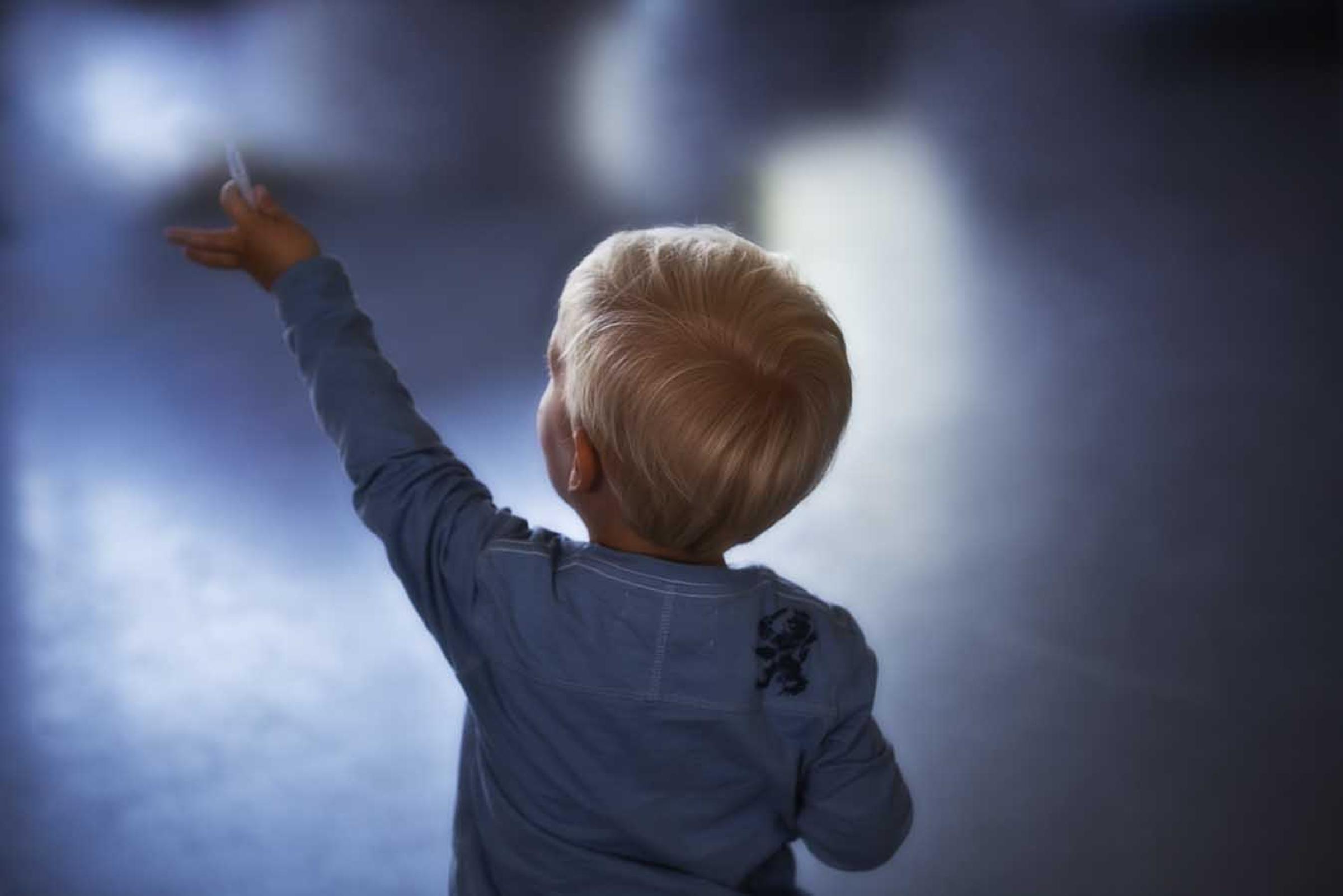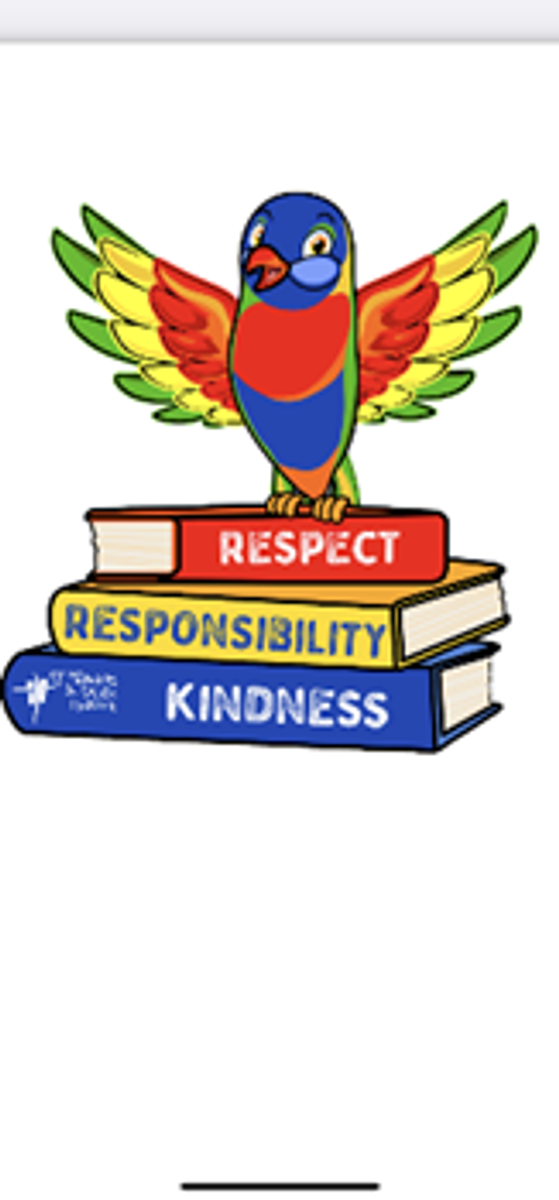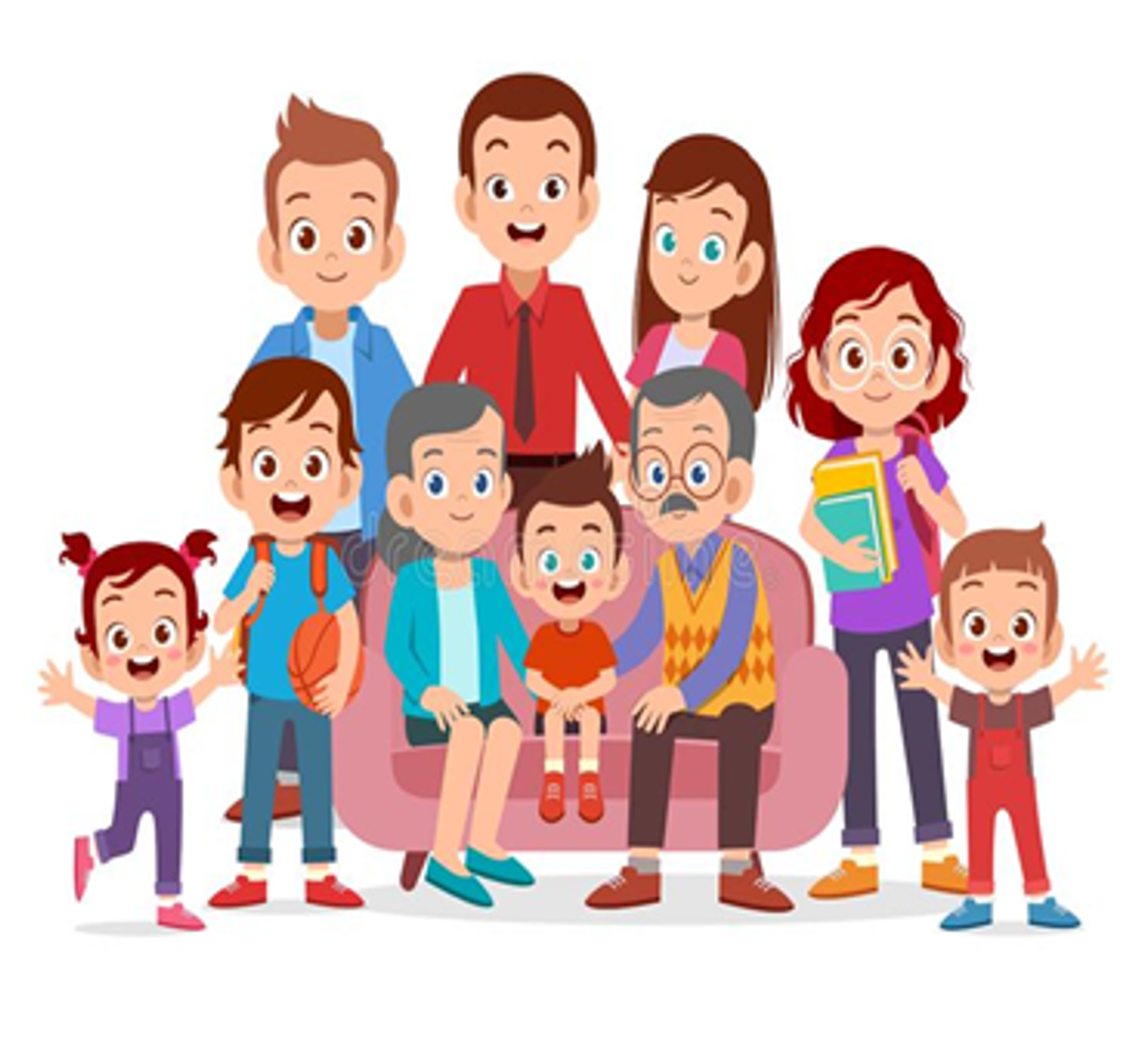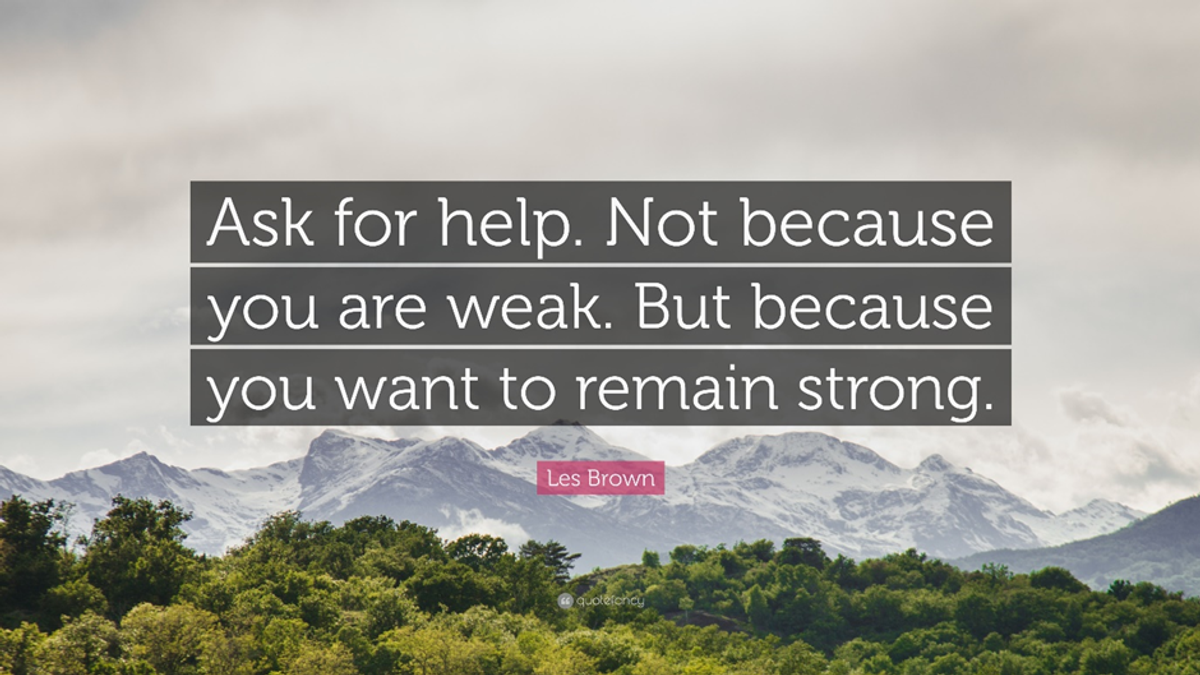Wellbeing

Positive Behaviours for Learning (PBL)
This term we are continuing to imbed Positive Behaviours for Learning (PBL) with the students and school community.
PBL is a framework that we are using to teach the children about expected behaviours in different parts of the school. The children will have a weekly social skills lesson on a Monday identifying a specific social skill we would like the children to learn and practice around our school expectations of
RESPECT
RESPONSIBILITY and
KINDNESS
We are continuing to focus on the value of KINDNESS and the expectation of “Encourage and support others”. The teachers will get the children to practice using kind words and gestures in different settings at school such as in the learning space, at the office, playground or on an excursion.
A group of teachers did some professional development last week with Jane Bennett who leads us in our professional development around Positive Behaviours for learning. We then had a staff meeting to get their input as to what are the minor and major behaviours we see at school, which we are using to develop a flow chart. This will make it clear what the school considers to be minor and major behaviours then a clear hierarchy of actions that need to take place to follow up these behaviours.
Transition from Primary to Secondary
We have reached that exciting and busy time of the year where we are finishing up this year while look forward to and making preparations for next year. I have spoken to many of our Year 6 students who have expressed feeling a mixture of emotions.
They have told me they are sad to say good bye to their friends and teachers at SFS, nervous and worried about the unknown while excited for the possibility of new experiences.
The following article is taken from the BeYou website. Be You is the national mental health in education initiative that equips educators with knowledge, tools and resources to support the mental health and wellbeing of children and young people from birth to 18 years. Delivered by Beyond Blue, in collaboration with Early Childhood Australia and headspace, Be You empowers every learning community in Australia to be their most mentally healthy, positive and inclusive in ways that work for them,
“The transition from primary to secondary school Transition strategies must consider that for many children the move to secondary school coincides with puberty. The importance of a successful transition A positive start to secondary school has longlasting benefits. Young people who experience a positive transition into their new school are more likely to:
• feel comfortable, relaxed and valued
• feel excited and motivated to learn
• have good relationships with others
• develop a sense of belonging within the school community.
This positive start can make a big difference to young people’s school engagement, learning and wellbeing.
Understanding behaviour
The primary to secondary transition involves several changes. The move into secondary school is one of the most significant transitions in a child’s education. It involves various changes, including: • changes in the physical environment
• new rules and procedures
• changes in relationships with peers, teachers and family
• more structured learning, with a variety of teachers and different learning environments to get used to.
This transition coincides with puberty. At around the same time as the move to secondary school, children experience biological and emotional changes as they go through puberty (usually between 8 and 13 years in girls; with boys starting about six to 12 months later in this range). The physical, social and emotional changes associated with puberty have a strong effect on children and young people’s relationships with friends, families and educators. This period of adolescent development is also related to emotions and behaviours that can lead to difficulties at school.
The timing of puberty at around the same time as the move to secondary school can make this a particularly demanding transition for some young people. Common feelings and concerns Children often have strong feelings about moving into secondary school. They may feel excitement about the prospect of going to a new school, as well as nervousness about what lies ahead. Many children may also feel sad or angry about leaving their current school and the positive relationships they’ve established with educators and friends. Common concerns include: • losing old friends and making new friends
• being bullied
• getting lost and getting to class on time
• remembering what books and other equipment is needed for each class
• following a timetable
• dealing with different educators
• homework.
Girls generally have greater concerns than boys about the transition. The good news is that these concerns lessen in the first year at their new school for most boys and girls. Some children find the transition can be overwhelming and need extra support. Some warning signs that children may be experiencing difficulty include: • withdrawal or difficulty participating in class discussions
• exhibiting low confidence or self-esteem
• increased avoidance of tasks
• having a short temper or behavioural outbursts
• difficulties with maintaining friendships
• being socially isolated.
Trusting and supportive relationships
Strong relationships between children, their families and educators enhance the wellbeing of children. Primary and secondary schools should aim to develop effective transition policies. A genuine sense of partnership can help build understanding of each environment and help transfer information about students and families from one school to another. Here are some key points to consider:
• Establish, train and support a team of key people to coordinate transition practices.
• Establish and maintain relationships with wider school community networks and families.
• Ensure policies and practices reflect, and include, community diversity.”
For more information, visit beyou.edu.au
Connected Parenting
The following excerpt is taken from the Connected Parenting resource from the Australian Childhood Foundation.
It is all about keeping children safe from harm. For more information visit www.bringingupgreatkids.com.au
“As parents, we can relate to feeling tested, at times, to the limits of our parenting ability. Sometimes we can feel out of control. In other situations, we can have personal problems that stop us from caring for our children. This can result in children being abused or neglected. These are difficult subjects to talk about, but sadly, the problems of child abuse and neglect are not uncommon. These problems affect children and families from all backgrounds, and occur for many different reasons. Experiences of child abuse and neglect can have devastating consequences for children and young people including severe emotional, social and psychological problems. Child abuse can cause poor self esteem, learning difficulties and behaviour problems in children. Children have a right to be safe and protected.
As parents, your responsibility is to recognise when you need help before the harm happens. If you feel you may hurt, or have hurt your child, it is important that you seek immediate assistance. STOP what you are doing. THINK about how your child and you are affected by what is happening. DO something to change things. GET SUPPORT to make the changes. Seeking support and assistance can take courage. However, this step is critical for you and your child.
Seeking support and assistance reflects:
- • your love for your child
- • your ability to appreciate there is a problem
- • your desire for things to be different for your family • your commitment to working towards changing things for the better.
All parents need support and information.
All parents need support and information at different times, for different reasons. Seeking out and using support is a vital part of parenting. The following directory gives you some of the key support services in your local state or territory.”
Parentline 132 289 8 am – 12 am, 7 days
Maternal and Child Health and Advisory Line 132 229 24 hours, 7 days
This is a snapshot of the mental health and community support services available for children, young people, families, carers and educators.
If you are concerned about someone at risk of immediate harm, call 000 or go to your nearest hospital emergency department.
24/7 mental health support service
1300 22 4636
Online support and counselling to young people aged 12 to 25
1800 650 890 (9am to 1am daily)
For webchat visit https://headspace.org.au/eheadspace
24/7 crisis support and suicide prevention services for children and young people aged 5 to 25
1800 551800
24/7 support for people impacted by sexual assault, domestic violence and abuse
1800 737 732
24/7 crisis support and suicide prevention services
13 11 14
24/7 crisis support and counselling service for people affected by suicide
1300 659 467
24/7 counselling service for men
1300 78 99 78
If you have any questions or concerns about the wellbeing of your child please do not hesitate to contact me on rlenko@sfslynbrook.catholic.edu.au
Rachel Lenko
Student Wellbeing Leader




